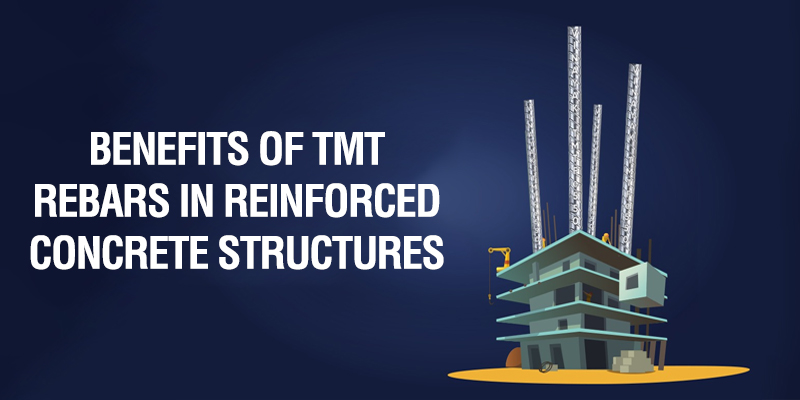TMT (Thermo-Mechanically Treated) rebars have continuously evolved with innovative technologies, driving significant advancements in the construction industry. This blog explores the latest innovations and advances in TMT rebar technology, such as the use of microalloying elements and the introduction of high-strength rebars. By understanding these advancements, engineers and construction professionals can leverage the potential impact on construction practices, structural design, and overall project efficiency.
Microalloying Elements for Enhanced Properties
In recent years, the Steel dealers believe that the incorporation of microalloying elements in TMT rebars has revolutionised their mechanical properties. Elements such as vanadium, niobium, and titanium are added in precise quantities during the manufacturing process to refine the microstructure and enhance strength, ductility, and corrosion resistance. These microalloying elements offer improved grain refinement, resulting in rebars with higher tensile strength, increased resistance to deformation, and enhanced durability. The utilisation of microalloying elements in TMT rebars paves the way for even more robust and resilient structures in the construction industry.
High-Strength TMT Rebars for Structural Optimization
High-strength TMT rebars, also known as HSD (High-Strength Deformed) rebars, have gained prominence in the construction sector. Steel dealers in Chennai say that these rebars possess significantly higher yield strength compared to conventional rebars, enabling structural engineers to design more efficient and optimised structures. High-strength rebars allow for reduced concrete usage, thinner structural members, and increased spans, all while maintaining the required strength and stability. The use of high-strength TMT rebars can lead to cost savings, improved structural performance, and enhanced sustainability in construction projects.
Introduction of Corrosion-Resistant TMT Rebars
Corrosion is a major concern in reinforced concrete structures, compromising their integrity and longevity. To combat this issue, manufacturers have developed corrosion-resistant TMT rebars. These rebars are either coated with special protective layers or made with corrosion-resistant alloys. The introduction of corrosion-resistant TMT rebars significantly extends the lifespan of structures in corrosive environments, reducing maintenance needs and enhancing overall durability. The use of these rebars offers long-term cost savings and ensures the structural integrity of buildings and infrastructure projects, particularly in coastal areas or regions with high humidity.
Enhanced Bonding Properties for Improved Reinforcement Integration
Steel suppliers say the advancements in TMT rebar technology have also focused on improving bonding properties between rebars and concrete. This has been achieved through modifications in the rib pattern and surface treatments of the rebars. Enhanced bonding ensures effective load transfer between the rebars and the surrounding concrete, enhancing the structural integrity of the reinforced concrete members. Improved reinforcement integration allows for better load distribution, reduced cracking, and increased resistance to dynamic forces, ultimately contributing to safer and more durable structures.
Potential Impact on the Construction Industry
The innovations and advances in TMT rebar technology hold immense potential to reshape the construction industry. With improved mechanical properties, corrosion resistance, and optimised structural design, TMT rebars enable engineers to construct more efficient, sustainable, and durable buildings. These advancements also contribute to cost savings, reduced maintenance requirements, and increased project efficiency. Steel suppliers in Chennai believe that Incorporating the latest TMT rebar technologies in construction projects can result in enhanced structural performance and the creation of resilient infrastructure for the future.
The continuous innovations and advances in TMT rebar technology, including the use of micro alloying elements, high-strength rebars, corrosion-resistant rebars, and enhanced bonding properties, are driving significant advancements in the construction industry, paving the way for stronger, more durable, and efficient structures.










